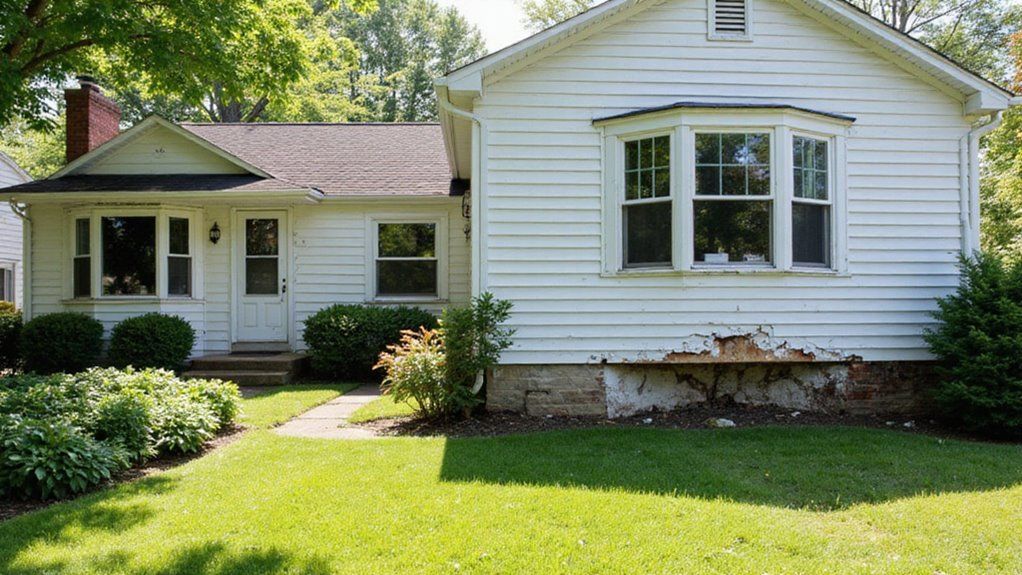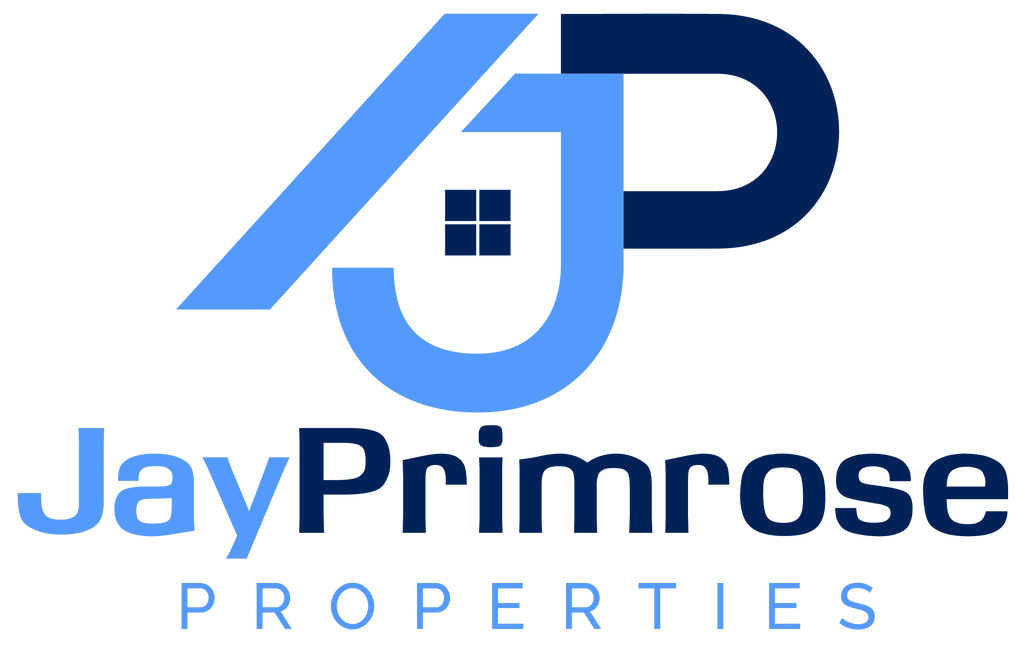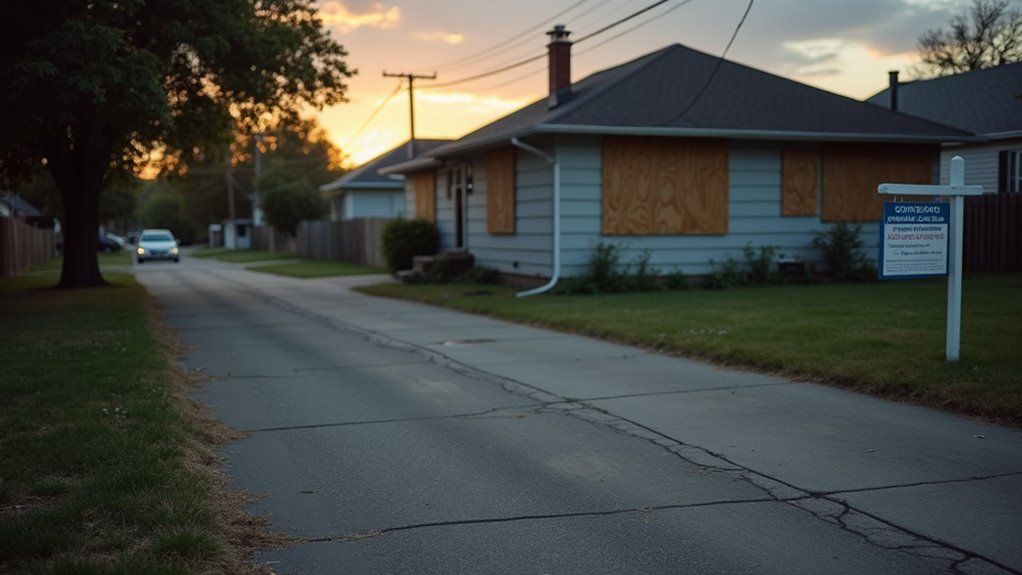
Selling your house can be stressful enough, but finding mold or water damage makes it even harder. These issues can scare away buyers and lower your home’s value. You might worry about what to do next, especially if you need to sell quickly.
Mold and water damage make your home less appealing than a move-in-ready property. You will likely face lower offers and have to make disclosures. Most buyers will hesitate or ask for repairs before closing the deal.
Selling a house with mold or water damage is much harder than a traditional sale, but you still have options. You can fix the damage, lower your price, or look for cash investors. Each choice has pros and cons you should consider.
This blog will guide you through each step so you can make the best decision and sell with confidence.
Key Takeaways
- Homes with mold or water damage typically sell for 15–30% less than comparable undamaged properties.
- Damaged homes usually take 30–50% longer to sell due to buyer hesitation and additional inspection requirements.
- Sellers must legally disclose known damage, unlike traditional sales where fewer issues require disclosure.
- Buyers often demand repair estimates or discounts, making negotiations more challenging than in traditional sales.
- Damaged homes are often sold as-is to investors or cash buyers, while traditional sales target a broader buyer pool.
Understanding the Impact of Mold and Water Damage on Home Value
Mold and water damage can lower your home’s value. Buyers often avoid homes with these problems. If left untreated, these issues may reduce your sale price by up to 30%. Home inspections usually reveal visible damage. Appraisers and buyers may then ask for a lower price or walk away. If you have insurance claims for damage, some buyers may hesitate to purchase.
Promptly fixing any damage protects your investment. You should keep records of all repairs and professional work. If you share these documents, buyers may feel more confident about your home. Clear communication and proof of repairs can help you sell faster. This approach may also help you get a better price. Being honest with buyers often leads to a smoother closing process.
Understanding the extent of termite damage and water issues allows sellers to better assess repair costs and disclosure obligations, facilitating a more transparent sale process. Additionally, understanding the legal deadlines and regulations involved in property disclosures ensures compliance and reduces potential delays during the sale.
Common Causes and Signs of Mold and Water Damage
Mold and water damage usually begin without obvious signs. These problems are most often caused by moisture entering your home. Poor insulation, leaky roofs, faulty plumbing, and bad ventilation are common reasons.
Using cash home buyers can be an effective way to sell quickly if your property has hidden issues, as they often purchase as-is and can help you avoid costly repairs. Musty smells, stained walls, and peeling paint are early warning signs. Mold growth or warped floors are also signs of hidden water issues. Allergy symptoms may get worse if there is mold in your home. If you notice these signs, act quickly to avoid bigger problems.
Regular checks of insulation and plumbing can help stop damage early. Addressing issues promptly is crucial because preventive maintenance can significantly reduce repair costs and protect your property’s value. If left alone, small leaks can lead to expensive repairs.
Disclosure Requirements for Damaged Properties
You’re legally required to disclose any known mold or water damage when selling your home, and failing to do so can lead to lawsuits or costly penalties. Buyers often react cautiously to these issues, with 70% requesting repairs or price reductions, according to industry surveys. By addressing and disclosing damage upfront, you can minimize surprises and protect your sale price.
Additionally, understanding disclosure requirements can help you navigate legal obligations and avoid potential liabilities. Verifying the reputation and professional credentials of your buyer can further ensure a smooth transaction and reduce the likelihood of future disputes.
Legal Obligations for Sellers
Sellers must follow state laws about sharing property problems. Most states require you to tell buyers about mold or water damage. This protects both you and the buyer from future legal issues.
You must disclose any water damage or mold, past or present. Sellers should list insurance claims and any repairs made. Buyers need to know about past problems.
If you have inspection reports, you should give copies to buyers. These reports might show mold or moisture issues. Providing them is often required.
When buyers ask about property damage, you must answer honestly. Giving truthful information helps avoid legal trouble. Being open builds trust with buyers.
Potential Buyer Reactions
Most buyers become cautious when they learn about mold or water damage. They often want extra inspections or more information before making decisions. These concerns can cause buyers to change their original plans.
Buyers usually ask for mold testing or water damage reports. If they see possible risks or repair costs, they may lose interest. Even a well-staged home cannot always cover up these worries.
Industry data shows over 60% of buyers hesitate or lower their offers after hearing about environmental issues. Some may request more time for inspections, which delays negotiations. Others may try to lower the price or even walk away from the deal.
Knowing these typical reactions helps sellers prepare answers and set realistic expectations. If you understand buyer concerns, you can respond effectively. This preparation can make the selling process smoother.
Impact on Sale Price
Mold or water damage usually lowers the sale price of a home. If you disclose these issues, your home may sell for 10-50% less. The actual decrease depends on how bad the damage is and the local housing market.
Buyers often offer less money for homes with damage. They consider the cost and time needed for repairs before making an offer. Some may also worry about future insurance claims or resale problems.
You may get fewer offers if your home has water or mold damage. Lower demand often leads to lower sale prices. If buyers are interested, they might ask you to fix the problems before closing.
Lenders sometimes require repairs before they approve a loan. If you have to pay for these repairs, your final profit will decrease. Homeowners should plan for these extra costs when selling a damaged home.
Buyer Perceptions and Concerns
Buyers often hesitate if they see mold or water damage in a home. These problems make buyers worry about hidden dangers. Many buyers believe these issues can harm health and safety.
Most buyers think mold or water damage lowers property value. If buyers see these problems, they may expect higher insurance costs. Some buyers might fear future claims could be denied.
Even with full disclosure, buyers may think the damage is worse than it looks. This belief can reduce the number of interested buyers. If you address concerns openly, you can build trust and reduce doubts.
Additionally, buying water-damaged homes as-is can help sellers avoid the complications of market uncertainties and repairs, making the process smoother and more transparent. Being aware of home inspection expectations and preparing to provide thorough documentation can further ease buyer concerns.
Repair Costs and Considerations
You’ll need to accurately assess the severity of the mold or water damage before you can estimate repair expenses. Industry data shows that minor repairs may cost a few thousand dollars, while extensive remediation can exceed $10,000. Weigh these costs against your home’s market value to decide if repairs will yield a worthwhile return.
Additionally, completing repairs and upgrades can help ensure the property is in optimal condition for sale or rental. It’s also important to consider selling improvements that buyers find appealing, as neglecting certain issues may turn off potential buyers and reduce your home’s overall marketability.
Assessing Damage Severity
Assessing damage severity before selling your house is important. If you know the extent of mold or water damage, you can plan repairs. Repair costs range from a few hundred to thousands of dollars.
A thorough inspection checklist helps find visible and hidden damage. You should look at all areas where water or mold could be present. If you skip this step, you may miss problems that lower your home's value.
Sellers should hire a professional for an unbiased opinion. Professionals provide accurate reports that buyers and lenders expect. If you want transparency, a specialist’s documentation is essential.
Start with a visual check of walls, ceilings, and floors. Next, use a moisture meter to find hidden damp spots. If you notice any issues, call a certified inspector for a full assessment.
Estimating Repair Expenses
Calculating repair expenses is important when you find mold or water damage in your home. Mold remediation usually costs between $1,500 and $6,000, depending on the damage. Water repairs can range from $1,200 for minor issues to over $10,000 for serious problems.
You should get quotes from certified professionals to know the exact costs. If your homeowner’s insurance covers sudden or accidental damage, you may pay less out of pocket. Insurance often does not cover long-term or neglected damage.
Always add the cost of replacing damaged drywall, flooring, or insulation to your estimate. Accurate estimates help you plan, avoid surprises, and negotiate with buyers more confidently. If you know your costs, you can make better decisions about fixing your home.
Cost-Benefit Analysis
Repairing mold or water damage can help your home sell faster. You should compare the cost of repairs with the possible increase in sale price. If repair costs are high, you might not get all your money back.
Check recent sales in your area to see if fixed homes sell for more. Market trends can change, so your home’s value may go up or down after repairs. If the market drops, you may not recover what you spend.
Some repair costs may be tax-deductible, which could lower your expenses. A tax advisor can explain what deductions you might get. If you qualify for deductions, your final cost may be less.
Speed of Sale: Damaged vs. Undamaged Homes
Damaged homes usually take longer to sell than undamaged ones. Buyers are often cautious about mold or water damage. These homes can stay listed 30-50% longer. Moreover, the presence of legal disclosure requirements can further complicate and prolong the sale process if not properly managed.
Inspection checks are stricter for damaged homes. Even good staging cannot fully remove buyer concerns. If you sell in peak seasons, you might sell faster, but it will still be slower than selling a move-in ready home.
Additionally, market volatility can influence how quickly a damaged property sells, as buyers may be hesitant during uncertain economic times. Sellers should share repair details and professional reports if possible. Honest disclosure can help build buyer trust. If repairs are not completed, expect a longer sale process.
Negotiation Challenges Unique to Damaged Homes
Selling a damaged home brings special negotiation challenges. Buyers are more cautious and often doubt the home's true condition. This makes the negotiation process tougher than usual.
Negotiating the sale of a damaged home is challenging, as buyers become wary and question the property’s actual condition.
Buyers may offer much less than the home's market value. They often justify these offers by mentioning repair costs and possible risks. If you know the real cost of repairs, you can respond with facts.
Many buyers will ask for credits, repairs, or more time to inspect the home. These demands are common when damage is present. Be ready to handle such requests with clear information.
Emotional tactics are often used by buyers in these cases. They may highlight the damage to get a bigger discount. If you stay calm and use data, you can keep negotiations on track.
Additionally, understanding market research on property values helps you negotiate more effectively and set realistic expectations during the process. Being aware of repair estimates can further strengthen your position and help you respond confidently.
Financing and Appraisal Issues
Even small mold or water problems can cause issues with financing and appraisals. Lenders often require a home inspection before giving a mortgage. If inspectors find mold or water damage, many lenders will not approve the loan until repairs are made.
Appraisers may lower your home’s value if they see damage. They might also require that problems are fixed before closing. This can delay or stop your sale.
If you want to avoid financing and appraisal issues, fix any damage before selling. Hire professionals for repairs and keep records of the work. These steps help assure lenders and appraisers, making your sale smoother. Proper disclosure of property issues also builds trust and can prevent legal complications later.
Working With Real Estate Agents: What to Expect
When you work with a real estate agent, you get expert help selling your home. An agent can guide you through every step. They know how to handle sales, even if your home has mold or water damage.
Agents help you follow disclosure rules and set fair expectations for buyers. They use their experience to show your home’s best features. If there are problems, they can help explain them to buyers.
A real estate agent can stage your home to attract buyers. They use local sales data to help you choose the right price. Agents also market your home to people looking for bargains or investment properties.
If you want your home to appeal to more buyers, you should consider using an agent. Their advice can help you reach a successful sale.
Selling As-Is: Pros and Cons
When you sell your house as-is, you can attract investors and cash buyers looking for quick transactions, often cutting weeks off your timeline. However, you should expect offers to come in 20% to 30% below market value based on industry averages. Weighing speed against price will help you decide if this route aligns with your goals.
Faster Sale Possibilities
Selling a house with mold or water damage can go much faster if you list it as-is. This skips repairs and attracts buyers who want quick deals. If you sell as-is, you can often close up to 50% faster than with a full renovation.
Renovations take time and can delay your sale. If you skip repairs, you avoid waiting for contractors or materials. Some buyers might prefer homes that do not need fixes.
Investors and cash buyers often look for as-is properties. They can buy quickly and usually do not ask for many changes. If you want a faster sale, you should consider these types of buyers.
When selling as-is, the appraisal process is usually simpler. If you are not aiming for the highest price, appraisals rarely slow the sale. This can reduce your stress and lower your holding costs.
Lower Price Expectations
Selling a home as-is usually means accepting a lower price. Buyers expect discounts because of issues like mold or poor insulation. Most people do not want to pay full price for a house that needs repairs.
Homes with water damage or mold often sell for 15-30% less. Buyers worry about the costs and risks of fixing these problems. If you provide repair estimates, you may reduce the discount.
Clear information about mold and insulation repairs can build trust. You might get a better offer if buyers know the facts. Being honest helps you negotiate a fairer deal, even when selling as-is.
Legal Risks and Responsibilities
Selling a house with mold or water damage comes with legal risks. Sellers must follow disclosure laws and may face lawsuits if they do not. Most states require sellers to tell buyers about known mold or water problems.
Buyers can sue for damages if sellers hide defects. Insurance may not cover claims if problems were not disclosed. Environmental rules may also require proper clean-up and disposal of mold.
Sellers should disclose all known damage to avoid legal trouble. Detailed records of repairs and clean-up can help if there is a dispute. Professional help from inspectors or lawyers is useful when dealing with these issues.
Attracting Investors and Cash Buyers
You can target investors and cash buyers by marketing your home as a prime opportunity for distressed property specialists. Data shows these buyers value quick closings and the simplicity of as-is transactions. Highlighting these benefits can attract serious offers and help you avoid costly delays.
Appealing to Distressed Property Buyers
Distressed property buyers are often interested in homes with mold or water damage. These buyers include investors and people who pay cash. They see damaged homes as chances to add value and make a profit.
Investors know how to handle repairs and have contractor contacts. If you provide clear information, they are more likely to make an offer. They focus on profit potential, not cosmetic issues.
You should always share all known damage with buyers. If you give contractor estimates for repairs, investors can quickly judge the costs. Showing the property’s possible value after repairs may attract serious buyers.
Highlighting Quick Closing Potential
Homes that can close quickly attract more investors and cash buyers. If you can offer a fast closing, mention this in your listing. Quick closings help buyers who want to renovate or move fast.
Recent trends show that homes marketed for fast sales spend much less time on the market. Investors prefer these deals because they save time and money. If you highlight a fast closing, your property will interest more buyers.
You should clearly state your readiness for a fast sale in all your communications. This approach sets clear expectations for everyone involved. Buyers looking for efficient deals will value this information.
Emphasizing As-Is Purchase Benefits
Marketing your house as an as-is sale attracts investors and cash buyers. These buyers want quick and simple transactions. If you sell as-is, you avoid the stress of repairs and negotiations.
Investors know the costs for fixing mold or water damage. They include these expenses in their offers. This makes the process clear for both sides.
Cash buyers often skip loan approval steps. This means closings happen faster and with fewer problems. If you want a speedy sale, as-is is a strong option.
Marketing Strategies for Damaged Properties
You can still market damaged properties effectively by targeting the right buyers. Investors, flippers, and cash buyers often look for homes needing repairs. If you focus on these groups, you increase your chances of a quick sale.
Targeting investors and cash buyers is key to selling damaged properties quickly, as they actively seek homes needing repairs.
A home inspection report can help build trust with buyers. The report should clearly show the property’s problems and possible improvements. If buyers see both, they may feel more confident about the purchase.
Professional staging makes a difference, even in homes with damage. Staged spaces help buyers imagine what the home could look like after repairs. According to the National Association of Realtors, staged homes sell faster than unstaged ones.
Clear online listings are important for these properties. Use honest descriptions and high-quality photos to show both strengths and weaknesses. If you are transparent, buyers are more likely to trust you.
Weighing Your Options: Repair, Discount, or Sell Fast
When selling a house with mold or water damage, you have three main options. You can choose to repair the damage, offer a price discount, or sell your house as-is. Each choice can affect your profit, the look of your home, and your neighborhood.
Repairs can make your home look better and attract more buyers. If you repair the damage, your house may sell faster and for a higher price. This choice can also help keep neighborhood property values steady.
Offering a price discount can attract buyers who want a deal and are willing to make repairs. This option may lower your profit and affect the value of nearby homes. If you need a quick sale, a discount can bring in more offers.
Selling as-is is the fastest way to sell, but you will likely get the lowest price. If you want to avoid repair costs and hassle, this option works best. The buyer may be an investor, which could lower neighborhood values if the house is not improved.
Conclusion
If you want to sell a house with mold or water damage, you will face different challenges than a traditional sale. If you choose to disclose all issues and document the damage, you can avoid legal trouble and build trust with buyers. If you decide not to repair the problems, you may have to accept a lower price or a quicker as-is sale.
If homeowners want to avoid costly repairs or time-consuming negotiations, they can sell to companies that buy houses for cash. If you sell for cash, you can skip showings, inspections, and waiting for buyer financing. If you need a faster solution, cash buyers offer a straightforward process.
If you are ready to sell your home quickly, we at Jay Primrose Properties can help. If you contact us, we will make a fair, no-obligation cash offer. If you want to move on from your property, reach out to us today.
Give us a call anytime at 253-697-0007 or fill out this quick form to get started today!
Get A Fair Cash Offer On Your House

About the author
Justin Baker
Justin Baker is the founder of Jay Primrose Properties, a leading cash home buying company based in Tacoma, WA. With a passion for real estate investing, Justin has helped numerous homeowners in the Pacific Northwest region sell their homes quickly and hassle-free. Justin believes that buying and selling real estate should be a seamless process and works tirelessly to ensure that his clients have a stress-free experience. With a deep understanding of the local real estate market and a commitment to exceptional customer service, Justin has established himself as a trusted and reliable cash home buyer in Tacoma and the surrounding areas.











